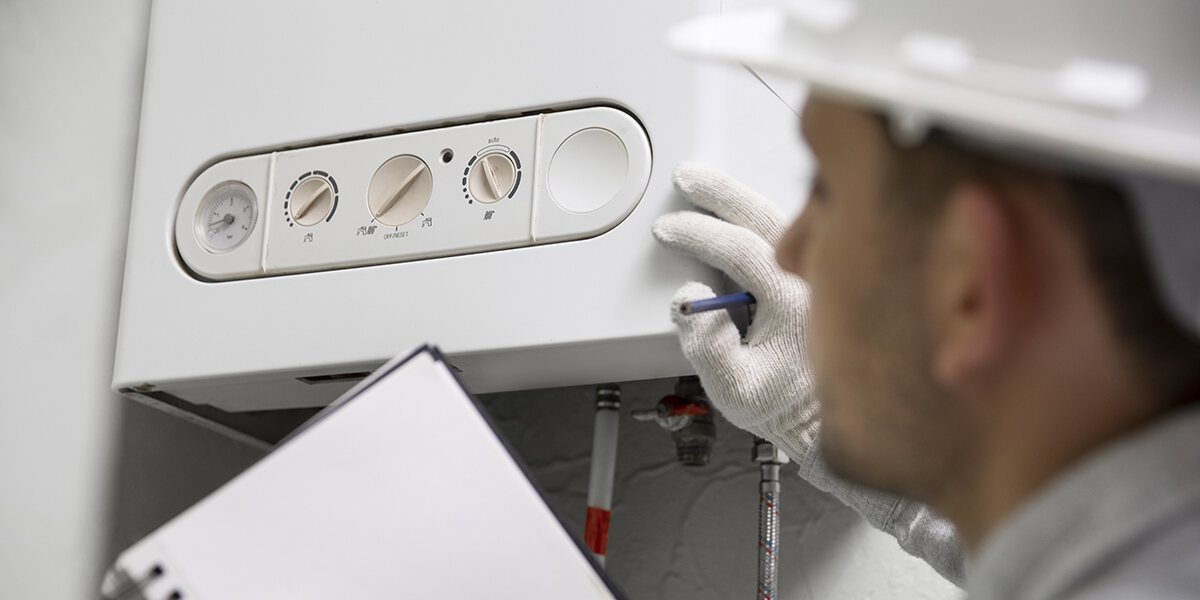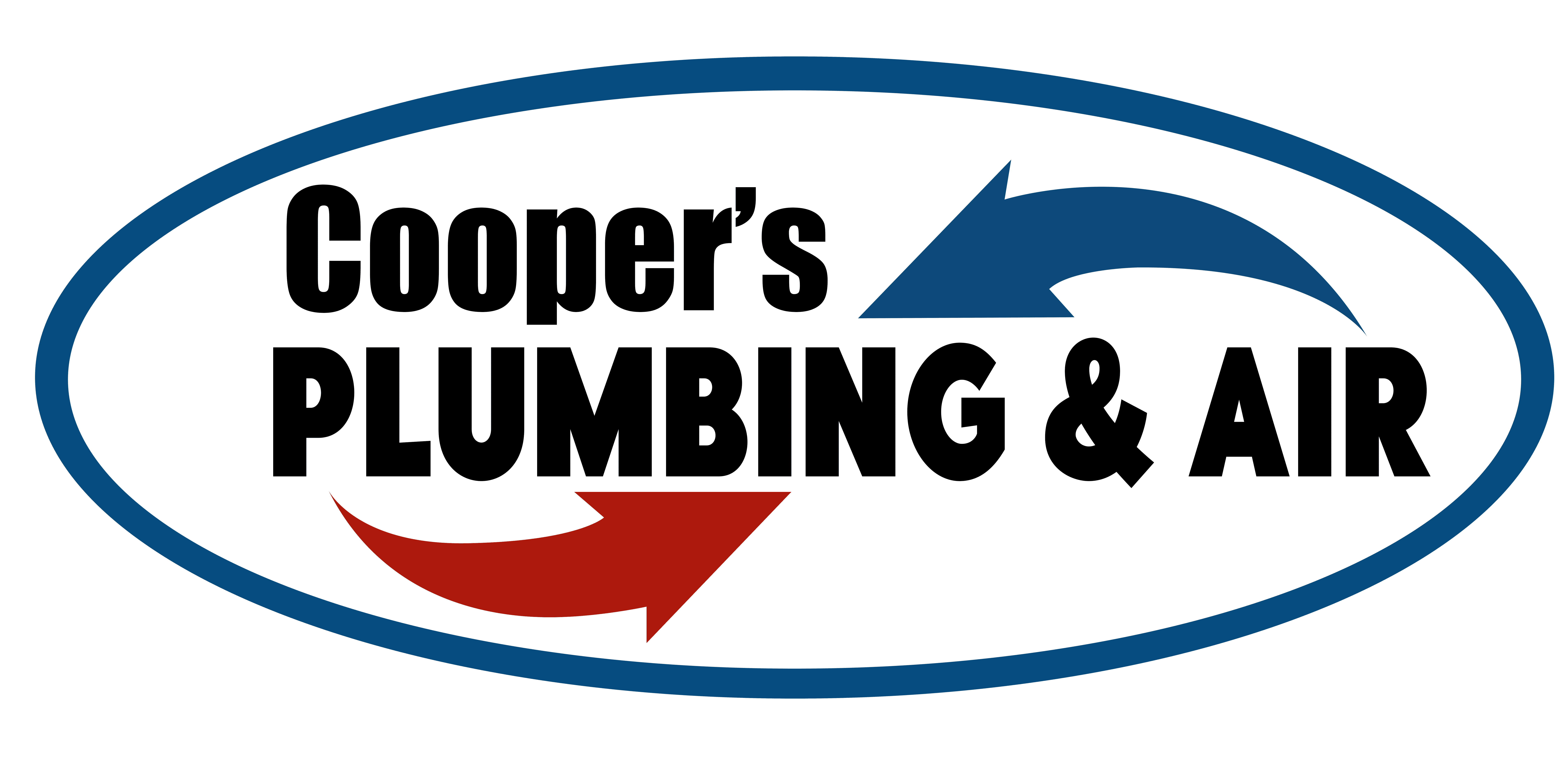
No homeowner wants to end up with a water heater that’s either too big or too small for their household. You should rely on experienced plumbers in Bainbridge, GA, to accurately size your unit and make sure you don’t run into problems. Find out how to size a tankless water heater in this helpful guide from the experts at Cooper’s Plumbing & Air.
Important Factors for Water Heater Sizing
Whether you want to use a conventional water heater tank or an innovative tankless model, plumbers follow a detailed checklist throughout the water heater selection process. They must make sure that the unit meets the right criteria for each residential or commercial space. Professionals usually look at the following components when sizing tankless water heaters for customers.
Maximum Flow Rate
If you want to know how to size a tankless water heater, the first thing to determine is the unit’s maximum flow rate. This figure, which plumbers measure in gallons per minute, dictates the number of plumbing fixtures that the unit can accommodate at a time, as well as the flow rate of those fixtures.
The maximum flow rate also depends on the size of the pipes coming into the unit. To determine the maximum flow rate that would best fit your home, you’ll have to add up all the flow rates from fixtures you’d use simultaneously. Below is a breakdown of average household plumbing flowrates in gallons per minute:
- Kitchen or bathroom sink faucets: 1 GPM
- Shower head: 2.5 GPM
- Bathtub faucet: 3 GPM
- Washing machine: 3 GPM
- Dishwasher: 3 GPM
If you add up all of these fixtures and appliances, your new water heater will have to accommodate 12.5 gallons per minute. However, there’s more to the equation which we’ll cover.
Temperature Rise
Another vital factor for learning how to size a tankless water heater is the temperature rise, or the difference between your water heater’s thermostat setting and the temperature of your home’s water supply as it enters your pipes.
Say the groundwater entering your home is 60 degrees Fahrenheit, and you set your water heater’s thermostat at 120 degrees. The temperature rise in this case would be 60 degrees, though this figure can vary among households and commercial spaces.
Tankless Water Heater Input
You can also find out the maximum flow rate by looking at the unit’s gas energy input. Most models display this figure in British Thermal Units or BTUs. Systems with higher BTU inputs will have greater flow rates.
Miscellaneous Factors
While the components above play a key role in sizing a tankless water heater system, experts also have to consider other tangible factors, such as:
- The size of your home
- Total occupants within the household
- The region’s climate
All of these issues come into play when looking at a tankless water heater, especially since they influence the temperature rise and maximum flow rate. A water heater leakage can disrupt water flow throughout your home as well. For example, the groundwater temperature may vary several degrees for homes in mild versus cooler climates. Larger homes with several plumbing fixtures and multiple people using them at the same time directly impact the required flow rate of a unit.
How To Size a Tankless Water Heater: Tips and Calculation
It’s best to let professional plumbers install a water boiler in your home, but you can figure out the ideal unit size by doing some simple math. Check out the basic formulas you’ll have to look at when considering a new propane-powered tankless water heater.
Find Your Household Maximum Flow Rate
Your hot water heater must supply fixtures like your sinks, shower, dishwasher, and more. Add together the flow rate of all the plumbing fixtures in your home that use hot water and look for units that accommodate this amount of gallons per minute.
Experts don’t recommend condensing the maximum flow rate to only a few fixtures. In case your water heater has to send water to each different appliance at the same time, you want the right size unit in your home.
Research the Temperature Rise
Ask a professional how to size a tankless water heater, and they’ll tell you that temperature rise is far easier to calculate. Some states have minimum required temperature rise rates which they use based on the average groundwater temperature. All you have to do is figure out this temperature and subtract it from the temperature you plan to set your unit’s thermostat.
Keep in mind that most people keep their residential water heaters at a temperature of around 120 degrees. Commercial systems might require water temperatures between 140 and 180 degrees Fahrenheit, though this depends on the usage.
Consider Your Household’s Needs
Switching from a conventional water heater to a tankless unit has its benefits. These systems heat water on demand to reduce your energy consumption rather than keeping a large tank fully heated whenever you need it.
If you live alone or with one other person, a smaller unit that accommodates fewer gallons per minute can suit your household well. However, homes with four or more occupants stand a greater chance of using many plumbing fixtures at the same time and need a water heater that can meet the demand.
Consult a Professional
Using these formulas, you can figure out how to size a tankless water heater on your own. However, it’s also wise to consult an experienced plumber who can answer any questions you have and make recommendations for getting the most out of your new unit. Working with an expert ensures you won’t have any issues with your tankless unit.
Schedule Seamless Water Heater Installation Services Today
Finding a plumber who knows how to size a tankless water heater is half the battle. If you need a new unit for your home or business, turn to Cooper’s Plumbing & Air for water heater installation. We’ll calculate the best type of system for your space and set you up with a reliable hot water supply in no time.
To request service, submit our online request form or call (229) 246-2539 to speak with a specialist.
